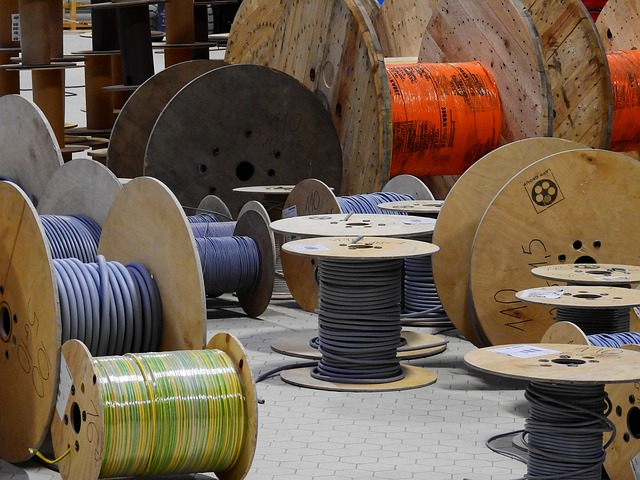As we stand at the crossroads of energy innovation and urgent climate action, the concept of a carbon-neutral future is not just a theoretical aspiration but a necessity for sustainable development. In recent years, green technologies have seeped into the collective consciousness, evolving from niche solutions into leading strategies for reshaping our energy landscape. The quest for a reduced ecological footprint drives this transition, presenting us with both challenges and exciting opportunities.
Green technologies encompass a wide array of innovations—from renewable energy sources like solar, wind, and hydro to advanced energy storage systems and electric vehicles. These innovations are revolutionizing how we generate, store, and consume energy. By harnessing the power of nature, we are not only reducing our reliance on fossil fuels but also moving towards an energy economy that aspires to be carbon-neutral.
At the core of sustainable development lies the principle that our economic growth should not come at the expense of our planet. The shift towards a carbon-neutral economy is a testament to the realization that environmental health and economic viability are intertwined. Investing in green technologies leads to job creation, fosters innovation, and opens up new markets, all while prioritizing our planet’s well-being.
The reduced ecological footprint is tangible; it reflects our individual and collective choices. Each step we take to embrace green technologies contributes to a larger narrative of sustainability. For instance, homeowners can install solar panels, businesses can invest in energy-efficient machinery, and cities can expand public transport networks powered by clean energy sources. These actions not only cultivate an environmentally responsible culture but also enhance resource efficiency and resilience against climate change impacts.
As more individuals and organizations engage in this ongoing transformation, the importance of education and awareness becomes paramount. Understanding the benefits of carbon-neutral solutions can inspire a shift in consumer behavior. People are increasingly looking for brands and products that align with their values, further propelling the demand for sustainable alternatives.
As we explore the landscape of green technologies, it’s essential to recognize that every innovation carries the potential to inspire significant change. For example, advancements in carbon capture and storage (CCS) technologies have emerged as a game changer for industries that rely heavily on fossil fuels. By capturing emissions before they enter the atmosphere, these technologies offer a bridge while we continue to expand our renewable energy infrastructure.
Moreover, the integration of smart grids is revolutionizing how we manage energy consumption. By utilizing digital technology, we can monitor usage patterns and optimize the distribution of electricity, significantly reducing waste and promoting a carbon-neutral lifestyle.
In this era of climate-consciousness, we must acknowledge that our actions today will sow the seeds for future generations. What legacy do we want to leave behind? The transition to a carbon-neutral energy system is not merely an environmental necessity but a moral imperative as well. By embracing green technologies and fostering sustainable development practices, we can collectively pave the way for a cleaner, more equitable world.
As we journey toward this ambitious goal, it is crucial for stakeholders at all levels—governments, corporations, and individuals—to collaborate and share insights. The path to a carbon-neutral future is not solely the responsibility of policymakers or industry leaders; it requires active participation from every sector of society. Initiatives that promote renewable energy technologies must be supported by policies that incentivize their adoption, creating a synergistic environment where sustainability can flourish.
Ultimately, the goal is clear. Together, we can build a resilient energy system characterized by sustainability, reduced ecological footprints, and a commitment to achieving a carbon-neutral future. The time for action is now, and the potential for transformative change is within reach.




